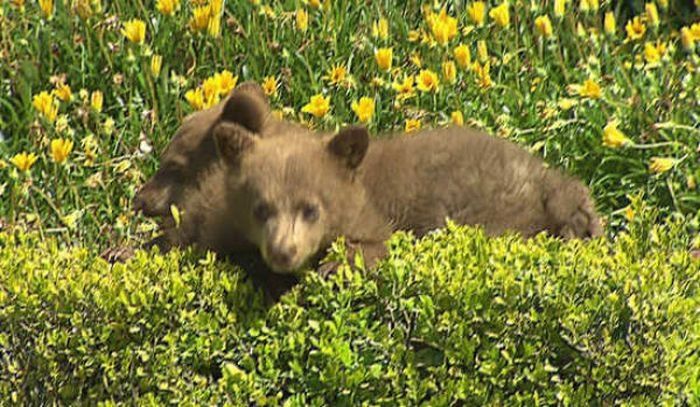|
|
Bears Visit
|
With the exceptions of courting individuals and mothers with their young, bears are typically solitary animals. They are generally diurnal, but may be active during the night (nocturnal) or twilight (crepuscular), particularly around humans. Bears are aided by an excellent sense of smell, and despite their heavy build and awkward gait, they can run quickly and are adept climbers and swimmers. In autumn some bear species forage large amounts of fermented fruits which affects their behaviour. Bears use shelters such as caves and burrows as their dens, which are occupied by most species during the winter for a long period of sleep similar to hibernation.
Bears have been hunted since prehistoric times for their meat and fur. To this day, they play a prominent role in the arts, mythology, and other cultural aspects of various human societies. In modern times, the bear's existence has been pressured through the encroachment on its habitats and the illegal trade of bears and bear parts, including the Asian bile bear market. The IUCN lists six bear species as vulnerable or endangered, and even least concern species such as the brown bear are at risk of extirpation in certain countries. The poaching and international trade of these most threatened populations is prohibited, but still ongoing.
|
|









